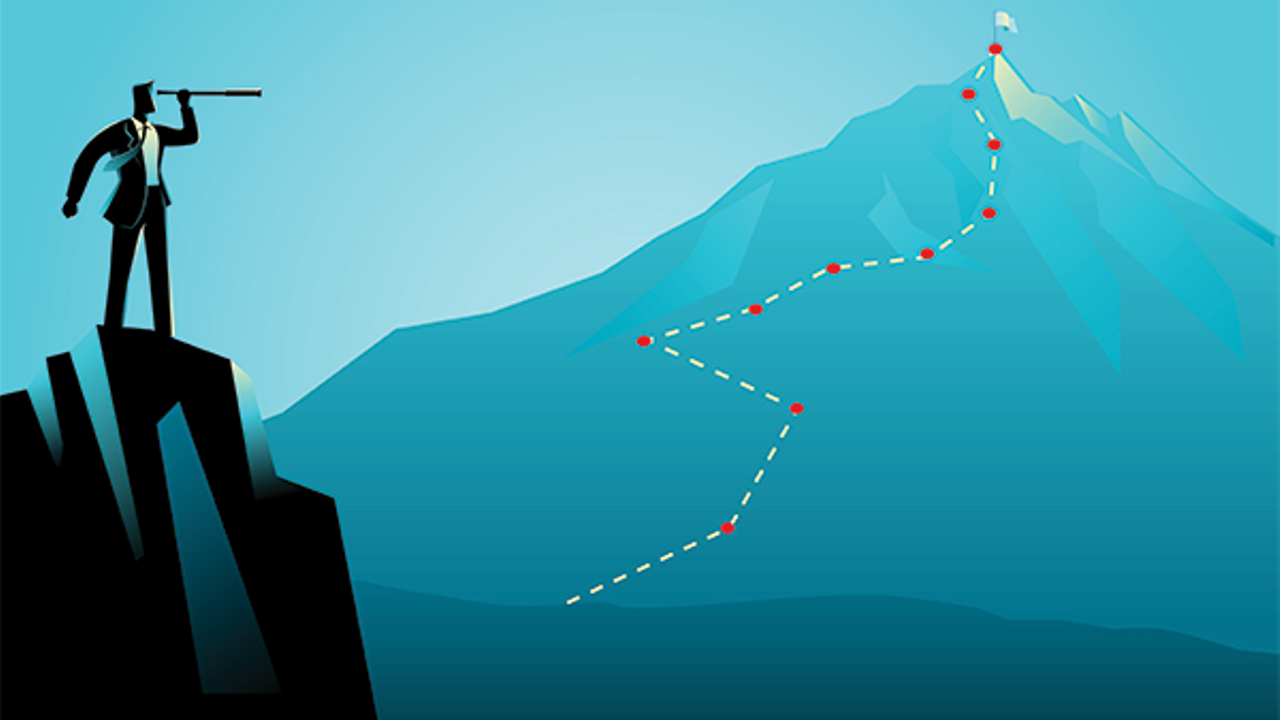You know you need an effective marketing strategy and actionable marketing plan to promote your B2B business, reach your target audience and generate revenue. But many business owners and entrepreneurs don’t know where to start to lay the foundation. Begin building strong marketing on these six B2B marketing pillars:
Strategy
The first pillar is marketing strategy. Thoughtful strategy guides all successful marketing initiatives. There are many components of an effective marketing strategy, but you should start by evaluating your product or service and its value to and position in the market. Analyzing what problems your offering solves and for whom is essential to define your business goals and develop your marketing strategy. A good marketing strategy is always driven by business goals.
For more insights into the pillars of marketing, download the B2B Marketing for Executives eBook.
Messaging
Messaging is the next essential pillar. Your messaging conveys your values and what you offer potential buyers. Impactful messaging directed at the most relevant target audiences generates leads.
Your messaging should be revisited regularly and modified to reflect industry, market and product shifts. Outdated messaging can create a negative perception for potential buyers, so keeping messaging up to date is a must. Alignment with marketing strategy is also critical to successful messaging. If your strategy and messaging are not aligned, there will be a disconnect with what is communicated in your marketing content, campaigns and other marketing initiatives. Ensure all team members are clear on your message. Consistency across internal contributors results in consistency across all marketing. To reevaluate or revamp messaging, collect feedback from customers, prospects and internal team members. Feedback from these sources can provide insight into your current messaging and guidance on how to modify it moving forward.
Branding
Your brand tells your story. The look and feel of your brand should create an emotional connection. People identify most with brands that are authentic and trustworthy. Your brand influences how prospects feel about you throughout the buyer’s journey. When prospects in the awareness stage come across your website, for example, and it resonates with them, they’ll remember it when they move to the consideration stage and start to evaluate options for purchase. Like messaging, your brand should be presented consistently across all marketing channels, including your website, social media and content. Differentiate your brand from competitors for the greatest impact.
Lead Generation
Lead generation is essential to growing your business. You’ll have to carefully guide people through a buyer’s journey. The buyer’s journey consists of many steps. The first three are focal points for lead generation. In the first stage of awareness, someone realizes they are dealing with a problem that needs solving. Moving into the consideration stage, prospects start researching options to solve or alleviate their problems and pain points. The consideration stage is when a prospect becomes a lead. Interactions at this stage are very important. Providing prospects with relevant and useful content can keep you top of mind while they consider their options. At the decision stage, the prospect decides on the solution to purchase, moving from stranger to buyer.
Content Strategy
Content strategy is the planned distribution of content through marketing channels. A content strategy should include varied assets, including eBooks, blogs, webinars and infographics. The buyer’s journey drives content strategy. Be sure you are delivering the right content at the right time in the buying process. Each stage of the buyer’s journey requires different content. In the awareness stage, leads want to identify their issues and consider how to solve them, so it would be most useful for them to read a blog or look at an infographic about a problem and possible solutions. As they move to the consideration stage, content such as an eBook or white paper with more detailed information about your solution is helpful and will move them closer to purchase. In addition to lead generation, content is key to search engine optimization (SEO) and driving leads to your website.
Marketing Automation & Technology
From maintaining sales and marketing alignment to improving the efficiency of operations, marketing automation can help streamline and strengthen marketing. Lead management is one area where automation can be helpful to your marketing efforts. Automation tools also analyze data from marketing campaigns and move a lead down the sales funnel. Activities such as email marketing, content distribution and personalization can also be implemented with marketing automation tools.
If you’re looking for additional insight into marketing and how to effectively elevate and execute these B2B marketing pillars for your organization, check out our courses or contact us today with questions.

